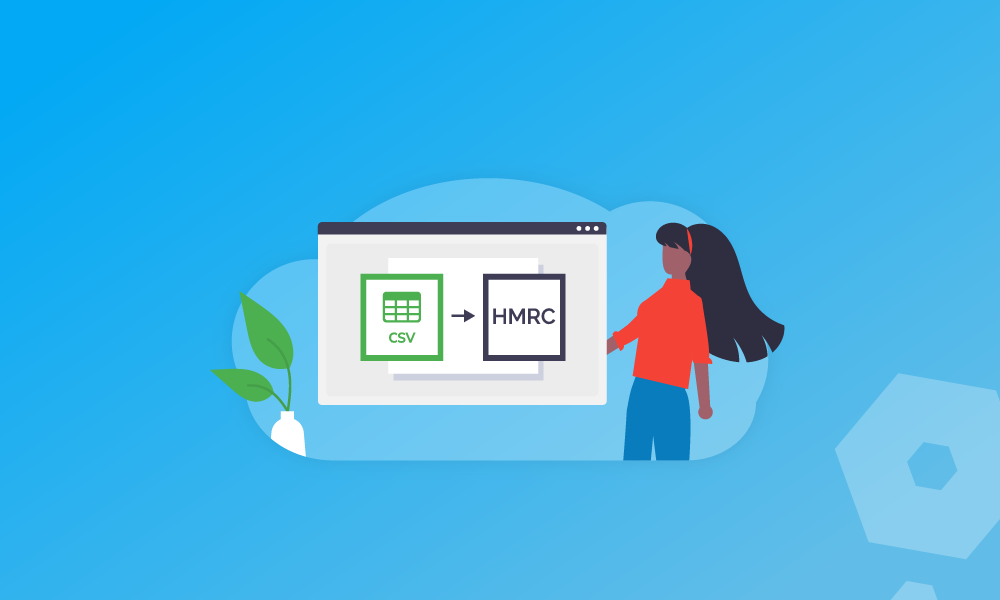Bridging software allows businesses to link their financial records to HMRC in a way which complies with Making Tax Digital rules. Quite literally, it ‘bridges’ gap between non-compatible records and HMRC so that tax information can still be shared.
VAT Software
Make MTD compliant VAT submissions in Pandle









